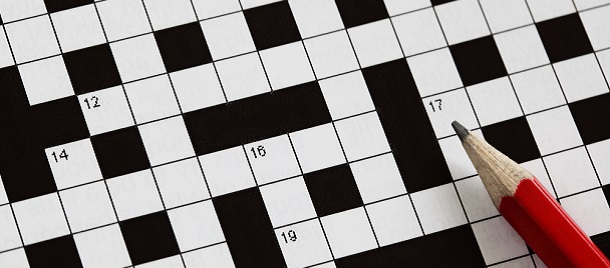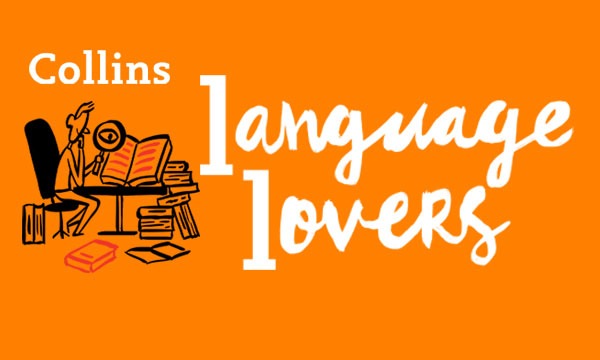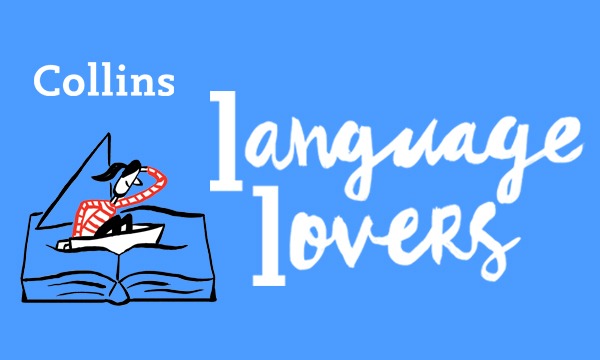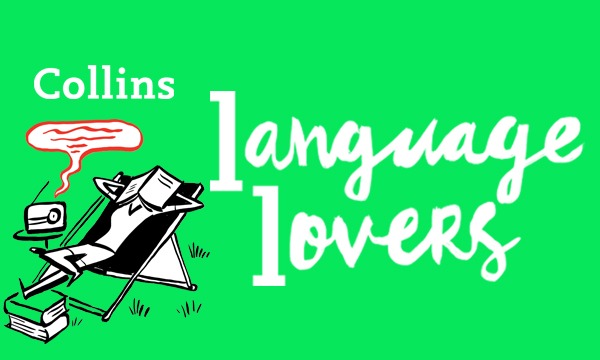A good cryptic clue contains three elements:
● a precise definition
● a fair subsidiary indication (wordplay)
● nothing else
The beauty of cryptic crosswords is that solvers can immediately be certain that their solutions are correct.
This is because there are always two ways to solve a cryptic clue: via the definition, a word or phrase which is a synonym or hyponym of the solution; and via the wordplay, a device such as an anagram, reversal, or a charade.
1. Do not read the clue as a phrase; its surface reading is almost certainly irrelevant.
2. Identify the definition; this is almost always found at either the start or end of a clue. For example:
Definition followed by the wordplay (with the definition in bold) *i.e. ‘Part of the body *in the advert (4)’
Wordplay followed by the definition i.e. ‘The advert includes part of the body (4)’
Here, the answer is ‘head’ which can be found within the accompanying wordplay ‘t*he* *ad*vert’.
3. Look for exceptions.
As well as clues which use a definition and wordplay, there are also double or multiple definition clues which are entirely definitions. There is no word-play in these clues but the setter often uses words with multiple meanings:
‘Scandinavian vegetable (5)’ becomes ‘swede’ which is both a type of vegetable and a Scandinavian person.
4. Work out the wordplay.
Once you have confidently established the definition, the clue becomes substantially easier to solve. Although there are numerous wordplay strategies to explore such as visual indicators, hidden words, numbers and symbols, below are the most commonly used techniques.
● Purely Cryptic Definition
In the single definition or “pure cryptic” clue, the whole clue is a cryptic definition. These clues are often an opportunity for the Setter to have a sense of humour, and are sometimes indicated by a question mark:
What lies quivering at the bottom of the sea? (1,7,5)
A nervous wreck
● Reversals
The solution appears in the clue, either back to front or from bottom to top. Indicated by words such as ‘back’, ‘going up’ (in a down clue) or ‘left’ (in an across clue).
Anthropoid primate found back in the past (3)
Ape
‘Found’ indicates that the solution is hidden within the clue, ‘back’ tells us to reverse it and the words ‘the past’ contain the letters E, P and A.
● ‘Charade’ Clues
Charade clues are formed by joining individual clues together to create a solution. Joining words like ‘with’, ‘behind’ and ‘after’ are likely, and the use of abbreviations is very common. For example:
- Pl*ace on bottom of sack (7)
- Plunder*
Place becomes ‘pl’ (abbreviated street name), on bottom becomes ‘under’. - ‘Pl’* + ‘under’ = ‘plunder’ (to sack).
● Split
The solution is made up of individual parts that are put together in the order they occur.
Transport great weight in container (6)
Carton
‘Car’ is a form of ‘transport’ and ‘ton’ is a ‘great weight’. Combined they make ‘carton’, a ‘container’.
● Containers
One component of the grid entry is expressed as being ‘in’ or ‘around’ another component.
Attempt to include tree in ornamental decorative pattern (7)
Tracery
‘Attempt’ becomes ‘try’ and ‘acer’ is a kind of tree. ‘Acer’ has to be included by ‘attempt’ or ‘try’, thereby producing tracery, which is an ‘ornamental decorative pattern’.
● Anagrams
Here, words within the clue are rearranged to form the solution. Anagrams are indicated by words that loosely mean modify or change i.e. ‘transfer’, ‘switch’, ‘cook’ and ‘wild’.
Danger: wild bird (6)
Gander
Danger is rearranged for gander, a wild bird.
● Homophones
A homophone is a word which sounds like another, often indicated by words such as ‘heard’ or ‘sound’.
One fruit or two by the sound of it (4)
Pear
‘Pear’ is ‘one fruit’ and ‘pair’ means ‘two’.
● Initials and Final Letters
The first or last letters of the indicated words are taken to produce the solution. Often clues of this type are indicated by ‘first’, ‘prime’, ‘lead’ etc.
Vehicle *c*an *a*ccelerate *r*apidly first of all (3)
Car
‘First of all’ instructs taking the first letters of each preceding word: ‘*c*an *a*ccelerate *r*apidly’. C, A and R gives ‘car’, which matches the definition ‘vehicle’.
● Odd or Even Letters
Indicated by words such as ‘odd’, ‘even’ or ‘regularly’, here we take every other letter starting from the first (odd) or second (even).
Male creatures with bony appendages, even ones to be found in n*e*w *l*a*k*es (4)
Elks
The first section forms the definition, and ‘even ones’ shows that you are to take every other even letter from part of the clue. The wordplay explains that the ‘even ones’ are ‘to be found’ in ‘new lakes’. The even letters of ‘new lakes’ are E, L, K and S – elks.
● Deletion
Part of an indicated word is taken away, leaving the solution.
_Marionette gives up little dog to find tame animal_ (3)
Pet
A ‘marionette’ is another word for ‘puppet’, ‘little dog’ becomes ‘pup’. If ‘puppet’ ‘gives up’ ‘pup’, we have ‘pet’– a ‘tame animal’.
5. Attention to detail.
When you have identified the definition and the type of wordplay used, you should be ready to solve your cryptic crossword. However there are still a few details to be aware of:
● Almost all punctuation should be ignored as it is a convention used to mislead; only pay attention to question(?) and exclamation marks (!).
● Be sure to look at all words individually as well as combined in a sentence, and in every possible context and tense.
● Look for abbreviations, another device used by cryptic crossword setters to confuse and conceal. These range from DR (doctor) to SH (used, from second-hand), and it pays to become familiar with as many of these as possible.
- Upon first glance cryptic crosswords can seem quite the conundrum, yet when broken down they can be a simple – not to mention seriously satisfying – exercise.
Are you a cryptic crossword beginner or a well-practised enthusiast? Tell us what you think of our strategy, and let us know of any other strategies you have to share.



